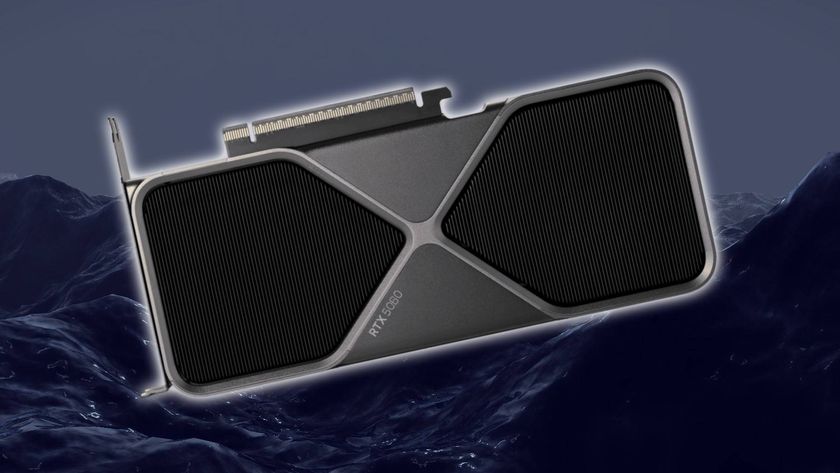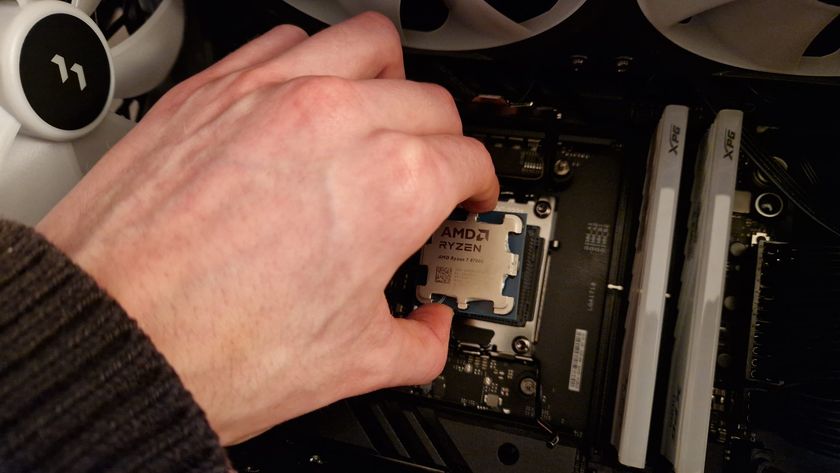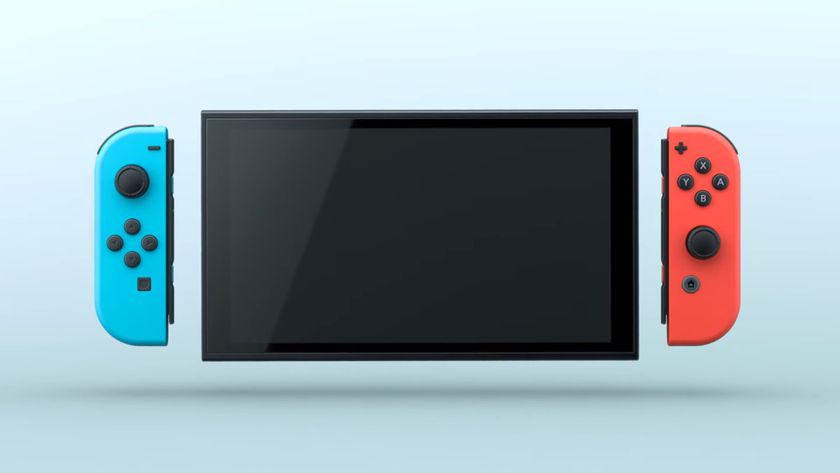AMD explains why the Radeon RX 9070 XT was pulled from its CES 2025 keynote, but I'm still confused at its approach to RDNA 4
Looks like the RX 9070 XT GPU is getting its own showcase.
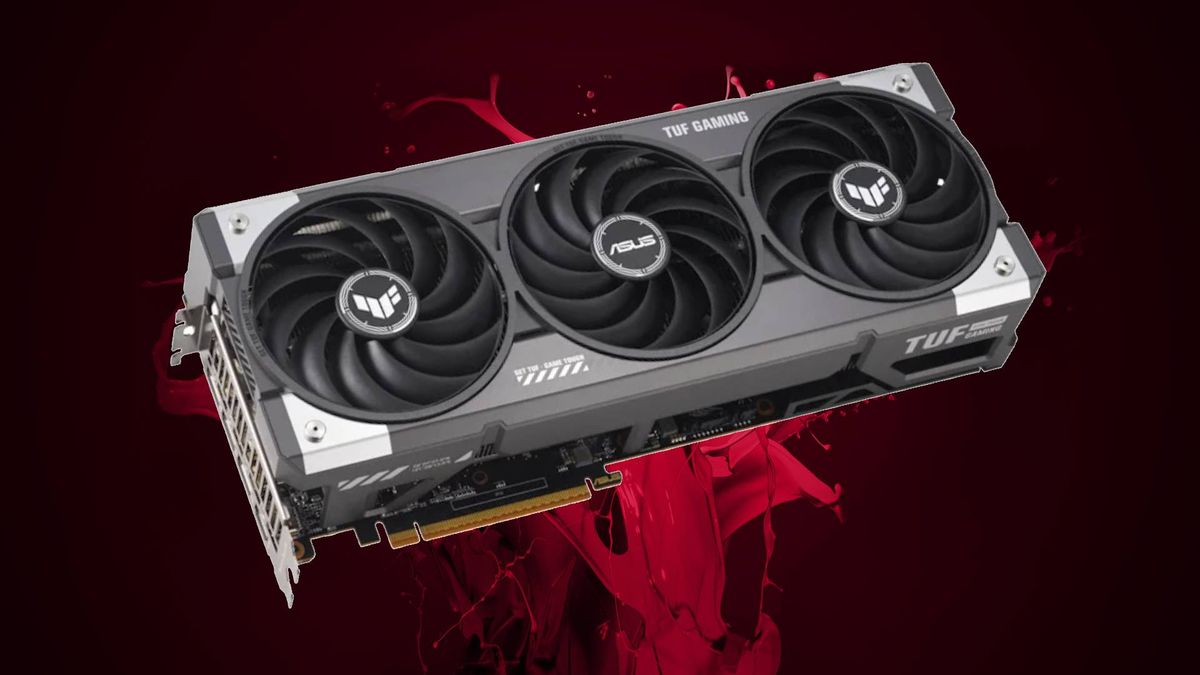
AMD was originally set to announce the Radeon RX 9070 XT during its CES 2025 keynote. But, in a move that felt very much like GPU gaslighting, the red team skipped past specific RDNA 4 details, despite briefing me and plenty of other journalists ahead of time. The reason? It turns out the chip maker thinks its deserving of an entirely separate showcase, but I'm still baffled at the approach.
In a conversation with Spanish PC gaming YouTuber Michael Quesada, AMD's Frank Azor explains why the Radeon RX 9070 XT was a no-show at CES. The chief of gaming marketing says "With the announcements of RDNA 2 and RDNA 3, we had dedicated events to present the architecture and performance improvements," before going on to proclaim "We can't cover that in five minutes."
Simply put, the decision seems to be linked to keynote time constraints, with Azor expressing that players would be "angry with us for not giving the new graphics cards the attention they deserve." As a result, the GPU is now set to get its own separate event that will also feature more on FSR 4.
While I completely get the reasoning behind AMD's RDNA 4 move, I can't help but feel like there's a bit more going on behind the scenes. Keep in mind that the embargo for the announcement wasn't actually pushed, so the Radeon RX 9070 XT ended up getting a soft launch by yours truly instead. At the very least, the card could have gotten a mention alongside plans for a separate event during the keynote, but alas.
AMD should be loud and proud about the RX 9070

Rather than trying to convince you not to buy an RTX 5090, AMD seems to be targeting everyday players with the Radeon RX 9070. The red team's new naming conventions signify that this is a mid-tier card that aligns with GeForce 70-class cards, and Frank Azor says it's "balance of power and price similar to the RX 7800 XT and RX 7900 GRE" (via Videocardz).
Azor also gives us an idea of RX 9070 XT pricing via a bit of a riddle, stating that it'll be "not a $300, but also not a $1,000 card." That could mean it'll set you back around $600, which could be a nice sweet spot if it can provide a robust 4K gaming experience. Just like with Nvidia's Blackwell GPUs, the new RDNA 4 card will no doubt rely heavily on AI upscaling to provide a next-gen performance uplift, which means a lot of focus on FSR 4.
In my eyes, the Radeon RX 9070 has two objectives. The first is to serve as a mid-range card that beats higher-end GPUs from the previous generation. At this stage, 4K gaming shouldn't be locked behind a $800+ paywall, and by the sounds of it, the RDNA 4 card will be delivering that for a cheaper price.
Sign up to the 12DOVE Newsletter
Weekly digests, tales from the communities you love, and more
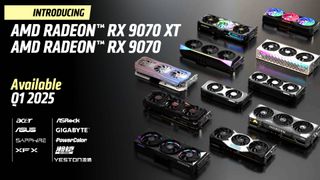
The second goal is to compete with the likes of the RTX 5070, especially since Nvidia boldly claimed it'll offer up GeForce RTX 4090 performance during its CES keynote. I did raise a bit of an eyebrow at Jensen Huang's boasts since the feat will likely only be possible thanks to DLSS 4 and AI trickery, but if I'm being frank, the conversation within the GPU scene is ever shifting away from native performance.
I am a little bummed out that the RX 9070 didn't get a CES 2025 reveal. However, I'm hoping that it's more a case of AMD trying to nail the unveiling rather than a lack of confidence, as I'm completely on board with the first RDNA 4 card being an affordable 4K GPU. With the likes of Intel aggressively targeting the entry-level scene with its $250 Arc B580, perhaps this generation will feature each graphics card maker sticking to respective pricing lanes, and I can see AMD doing wonders for the mid-range market.
Looking for more components? Swing by the best CPU for gaming and the best RAM for rig upgrades. Alternatively, check out the best gaming PC for systems that are ready to go.

I’ve been messing around with PCs, video game consoles, and tech since before I could speak. Don’t get me wrong, I kickstarted my relationship with technology by jamming a Hot Wheels double-decker bus into my parent’s VCR, but we all have to start somewhere. I even somehow managed to become a walking, talking buyer’s guide at my teenage supermarket job, which helped me accept my career fate. So, rather than try to realise my musician dreams, or see out my University degree, I started running my own retro pop culture site and writing about video games and tech for the likes of TechRadar, The Daily Star, and the BBC before eventually ending up with a job covering graphics card shenanigans at PCGamesN. Now, I’m your friendly neighbourhood Hardware Editor at GamesRadar, and it’s my job to make sure you can kick butt in all your favourite games using the best gaming hardware, whether you’re a sucker for handhelds like the Steam Deck and Nintendo Switch or a hardcore gaming PC enthusiast.
